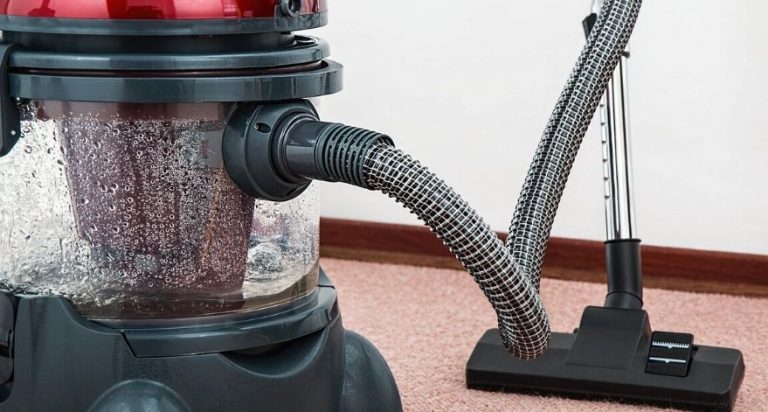Exposure to Radon Can Cause Lung Cancer — Test Your Home Today
Are You at Risk?
Radon gas is a natural byproduct of the breakdown of uranium in soil, rocks and water. It may be found anywhere and cannot be detected except by testing. It is the leading cause of lung cancer among non-smokers. If radon is present where you live, it is likely to collect in the lower levels of your home. A radon test or, for that matter, a complete air quality test, should be conducted to determine if there is a risk in your home.
Dangers of Radon Gas
The U.S. Environmental Protection Agency reports that exposure to radon gas is the second-leading cause of lung cancer overall, trailing only smoking. Older studies were based on radon exposure in underground miners, but new studies definitely link residential radon to lung cancer. People who smoke and are also exposed to radon are at high risk for lung cancer.
Common Radon Sources
Radon is found everywhere, both outdoors and in the indoor air of buildings of any type. Rooms which are below ground level are locations where radon is commonly trapped. Home radon testing kits are available to help homeowners determine radon levels. The maximum acceptable level is considered to be 4 picocuries of radon per liter of air (4 pC/L). However, there is an increased risk of contracting lung cancer with any level of exposure, low or high. For example, if your home tests at 4 pC/L, you become five times more likely to develop lung cancer than you are to die in a car accident.
Radon Testing Kits
While professional radon testing can cost several hundred dollars, there are less expensive options available to test radon levels. There are two basic kinds of tests: active and passive. Passive test kits usually consist of a charcoal collection medium, to which you expose the air in your home for a specified period of time. The canister is then sealed and sent to a laboratory for analysis. Passive radon gas testing will provide an average value of radon levels in the area being tested. These are typically inexpensive ($25 or less), including lab fees.
Active radon tests require power to operate. The big advantage of these is that they can continually monitor radon levels by providing information about hot spots and fluctuations. Home testing kits are not typically of the active variety, but some active detectors can be purchased for homeowner use. Active radon meters generally cost in excess of $100.

